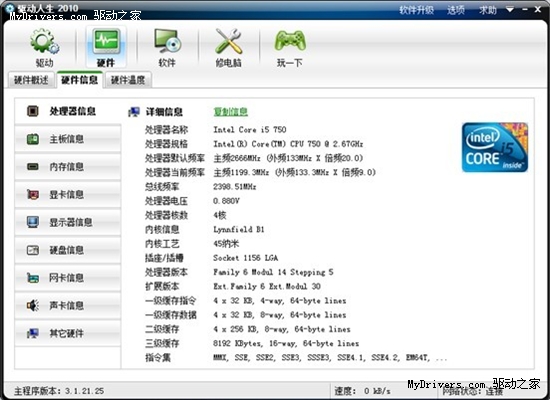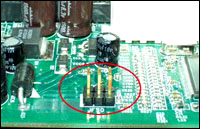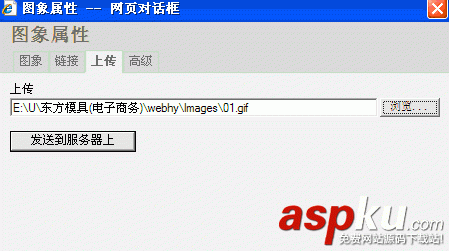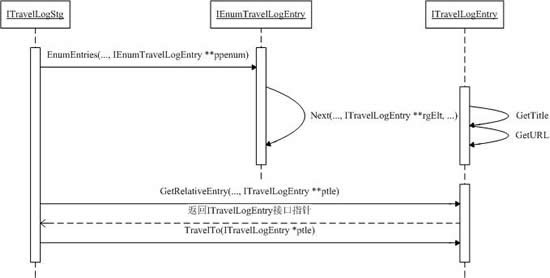序列化與反序列化是.net程序設(shè)計(jì)中常見的應(yīng)用,本文即以實(shí)例展示了.net實(shí)現(xiàn)序列化與反序列化的方法。具體如下:
一般來說,.net中的序列化其實(shí)就是將一個(gè)對(duì)象的所有相關(guān)的數(shù)據(jù)保存為一個(gè)二進(jìn)制文件(注意:是一個(gè)對(duì)象)
而且與這個(gè)對(duì)象相關(guān)的所有類型都必須是可序列化的所以要在相關(guān)類中加上 [Serializable]特性
對(duì)象類型包括:對(duì)象本身包含的類型,父類
擁有需要的對(duì)象之后:
1.將對(duì)象轉(zhuǎn)換為二進(jìn)制數(shù)據(jù) 使用專門的對(duì)像進(jìn)行轉(zhuǎn)換 BinaryFormatter
2.將二進(jìn)制數(shù)據(jù)寫入到文件 FileSteam
反序列化則是把二進(jìn)制文件轉(zhuǎn)換為一個(gè)對(duì)象
示例代碼如下所示:
using System;using System.Collections.Generic;using System.Linq;using System.Text;using System.Threading.Tasks;using System.IO;using System.Runtime.Serialization.Formatters.Binary;namespace ConsoleApplication1{ class Program { static void Main(string[] args) { Person per;//將要被序列化的對(duì)象 Console.WriteLine("------序列化與反序列化------"); Console.WriteLine("是否讀取已經(jīng)序列化的對(duì)象per"); string str = Console.ReadLine(); if (str == "yes") { if (!File.Exists("save.bin")) { Console.WriteLine("你還沒有將per序列化"); return; } using (FileStream fs = new FileStream("save.bin", FileMode.Open)) { BinaryFormatter bf = new BinaryFormatter(); per = bf.Deserialize(fs) as Person;//將二進(jìn)制數(shù)據(jù)轉(zhuǎn)換為per對(duì)象 per.SayHi(); Console.ReadLine(); } } else { per = new Person(); per.Name = "小李"; using(FileStream fs=new FileStream("save.bin",FileMode.Create)) { BinaryFormatter bf = new BinaryFormatter(); bf.Serialize(fs,per);//將per對(duì)象轉(zhuǎn)換成二進(jìn)制數(shù)據(jù),并保存。 Console.WriteLine("序列化成功"); Console.ReadLine(); } } } } [Serializable] class Person { public string Name; public void SayHi() { Console.WriteLine("hello {0}",Name); } }} 相信本文實(shí)例對(duì)于大家進(jìn)一步理解.net的序列化與反序列化有一定的借鑒幫助作用。



















